Barbuda stole our hearts! The natural beauty of the island is simply AMAZING! The total land area is 160.56 square kilometers (62 sq mi). The capital and largest town is Codrington. Many Barbudan live on Antigua rather than on the island itself. The island is mostly coral limestone with a little topographical variation. The “highlands” area on the eastern side of the island has hills rising to 125 ft (38 m), but the majority of the island is very flat, with many lagoons in the northwest corner.
The name already tells you: the island of nature. One early morning I saw horses walking on the beach. One of the charms of Barbuda. Nature in optima forma!
We anchored at Coco Point beach. It was quite busy but we managed to find a place close to a reef where not many people dare to anchor. And this was the first time I thought we arrived in a place from heaven! That beach and the water. Chrystal blue water and a pristine white long stretching beach.
AMAZING! The beach is named after Princess Diana. Heaven on earth! It was in Barbuda we met again with Sailing Mokara. A family sailing the world with 2 youngsters. We knew them already from the ARC Rallye. And then you meet each other everywhere sailing the Caribbean islands! Most of the sailors have about the same route. Sailing the coconut route as we call it! We had a great lobster lunch with other sailors and had great fun! There is only 1 small shack at the beach. The owner is called Enoch Beazer. And the name of the shak is Shak-a-Kai! A very friendly Barbudan guy trying to earn some money by preparing lobster lunches and selling drinks. I asked why he had called the shak Kai. He told me it comes from the meaning of Kai in Japanese and Chinese. In Japanese, Kai has a number of meanings, including “ocean” (海), “shell” (貝), “restoration”, and “recovery”.In Chinese, Kai is a very common given name with one of several meanings, most commonly “victory” (凯/凱), “start” or “open” (开/開). Kai is often used in names meaning “start” (啓) in Cantonese Chinese. Sounds very plausible! Having a sundowner at sunset makes a day complete with such an amazing view!
We walked the beach all the way in Codrington’s direction. We came across a restaurant Moma. Not quite what you expect from a restaurant with that name but ok ….. At the beachfront you can see there has been a lot of damage due to hurricane Irma. A few new projects started already.
We did all our customs and immigration formalities in Antigua. In Antigua, you get permission to go to Barbuda. You don’t need to do any check-in formalities in Barbuda. But check-out needs to be done in Codrington. So after 3 days, we sailed to Codrington.
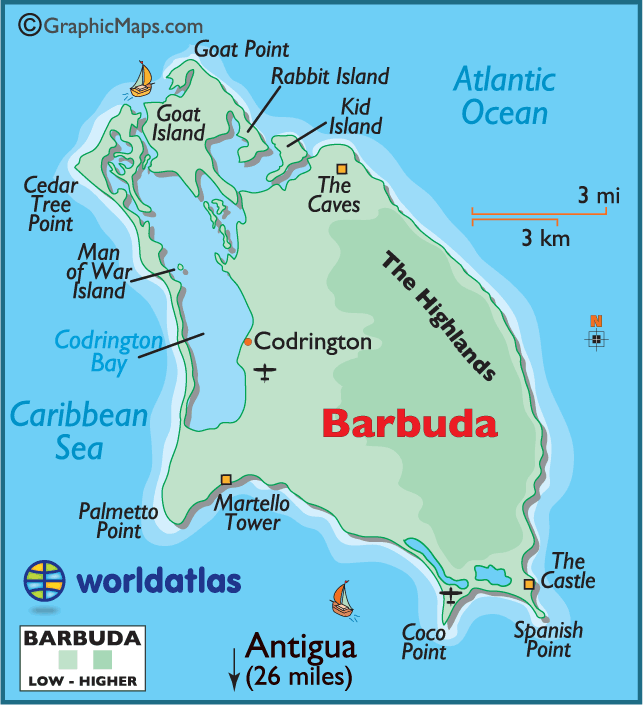 Historically, most of Barbuda’s 1,634 residents have lived in the town of Codrington. However, in September 2017, Hurricane Irma damaged and destroyed 95% of the island’s buildings and infrastructure. As a result, all the island’s inhabitants were evacuated to Antigua, leaving Barbuda empty for the first time in modern history. A report in April 2018 indicated that many of the few people living on the island were in tents; some government buildings were being repaired. By that time, water and electricity were available in government buildings, the police station, the hospital, and the post office in Codrington. Prime minister Gaston Browne said there were plans to build a new runway for jets at the airport but no specifics had been released. By February 2019, an estimated 75% of residents had returned from Antigua.
Historically, most of Barbuda’s 1,634 residents have lived in the town of Codrington. However, in September 2017, Hurricane Irma damaged and destroyed 95% of the island’s buildings and infrastructure. As a result, all the island’s inhabitants were evacuated to Antigua, leaving Barbuda empty for the first time in modern history. A report in April 2018 indicated that many of the few people living on the island were in tents; some government buildings were being repaired. By that time, water and electricity were available in government buildings, the police station, the hospital, and the post office in Codrington. Prime minister Gaston Browne said there were plans to build a new runway for jets at the airport but no specifics had been released. By February 2019, an estimated 75% of residents had returned from Antigua.
Barbuda is unique in the Caribbean because it did not follow the development path of most other Caribbean islands. Its landscape is relatively pristine with extensive forests, beaches, and coral reefs that have not been transformed by sugar plantations or 20th-century large-scale tourism. This is in part due to Barbuda’s unique laws, which allow for communal land ownership. Communal land ownership passed down through generations is central to Barbudan identity. In 2007, the Barbuda Land Act codified communal ownership by stating “all land in Barbuda is owned in common by the people of Barbuda” and required major developments over $5.4 million to be approved through a majority vote of the elected Barbuda Council. Barbudans are unlikely to reap significant benefits from new tourism developments. Instead, they face the threat of losing control over their traditional way of life. In 2016, the value of major developments that do not require popular approval was increased to $40 million, opening up more possibilities for development. This increase led wealthy developers to explore creating high-end tourism destinations, with names like Paradise Found and Peace, Love, and Happiness. Developers want sustainable tourism practices, but the concept of sustainability for wealthy investors is not the same as what sustainable living means for the people of Barbuda. The end products that the tourists see may use sustainable practices: the resorts may have solar power, composting food waste, and recycling water. However, the development process is harmful as it affects wetlands, animal habitats, and cultural heritage due to haste that bypasses appropriate environmental and cultural assessments. A large reverse osmosis tank has been installed for what used to be Coco Point, which is three or four times larger than the one the Barbuda Council uses to serve the entire local population needs, indicating that these large amounts of water will be used for the resorts. Given that Barbuda is a semi-arid island surrounded by coral reefs, a desalination process, which involves dumping salt back into the ocean, will destroy the reef life. Barbudans are unlikely to reap significant benefits from new tourism developments. Instead, they face the threat of losing control over their traditional way of life. When talking to the local Barbudans it sad to hear it’s somehow a lost battle. But they will not give up to keep this beauty of an island as it is.
Barbuda wildlife
Around 182 species of birds have been recorded in Antigua and Barbuda, of which probably about 65% are migratory. The key bird species include the Lesser Antillean flycatcher and bullfinch, the endemic Barbuda Warbler, thrasher, hummingbird, Carib (purple throated and green throated), dove, pigeon, tern, gull, Caribbean coot, booby (masked, red-footed, and brown), pelican, egret, the endangered West Indian Whistling Duck. But the most charismatic of all is the magnificent frigatebirds, the national bird of Antigua and Barbuda. There are more than 5,000 nests here. You can see the black-headed females hoverin’ above, checkin’ out the groups of males, who are inflatin’ their red throats, wavin’ their necks and clickin’ their beaks to say ‘C’mon down girls!’ ” When a female chooses her mate, the pair settle onto a bough to meet and neck for a while; then, the male deflates himself and flies away to collect sticks and other materials for their nest, which he gives to the female to use in construction. In this short film from BBC EARTH, you can see and hear the sounds of the frigate birds when mating!


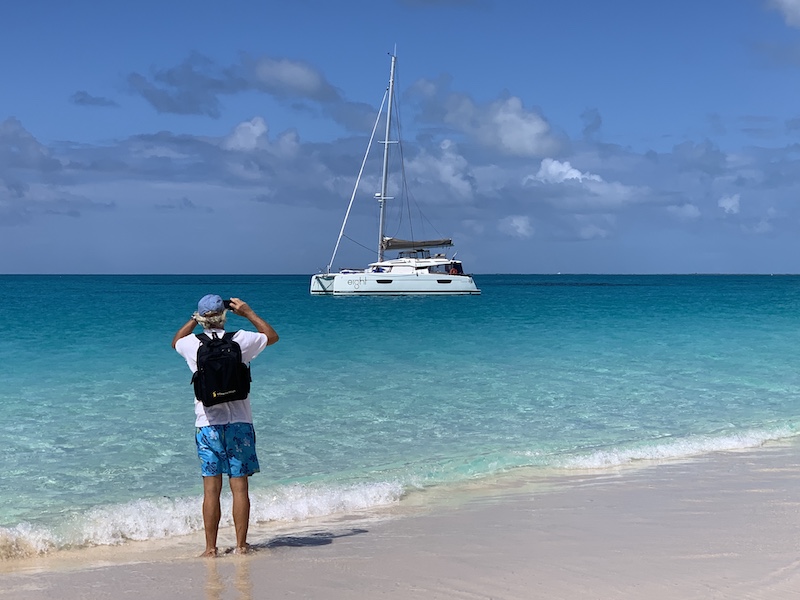


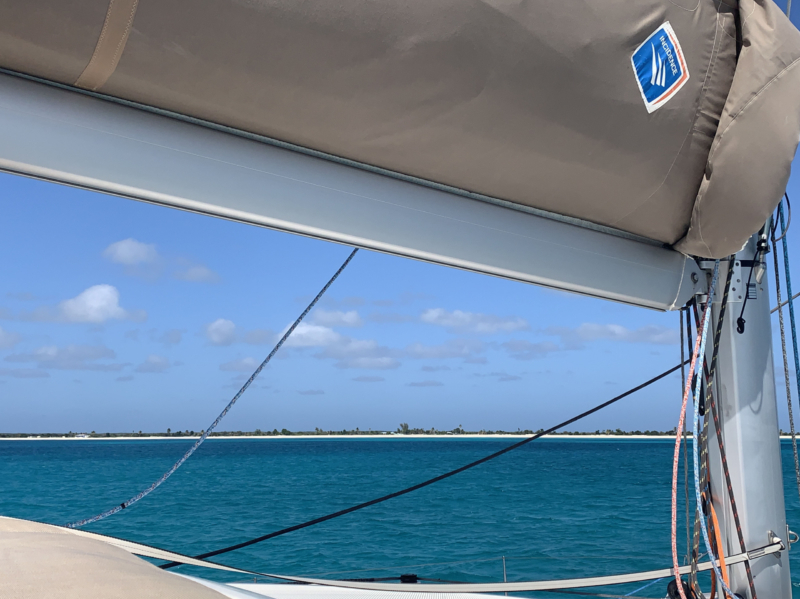
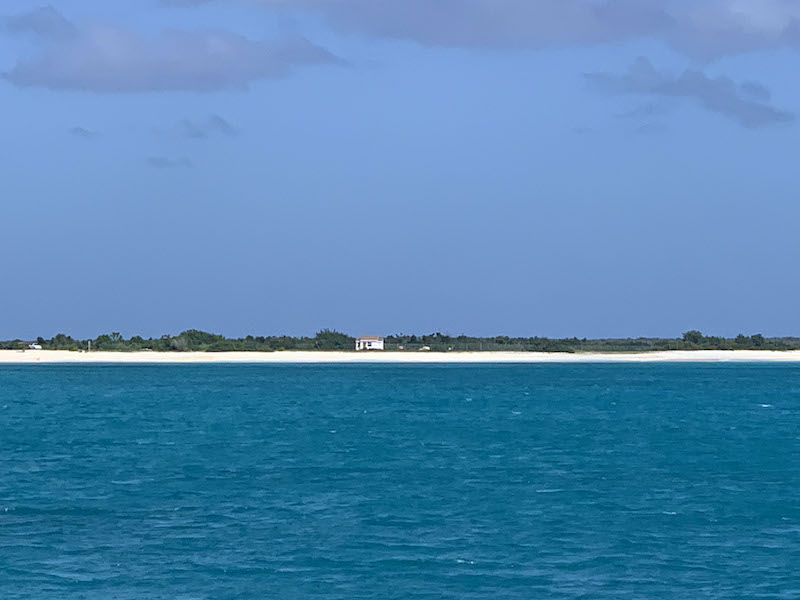
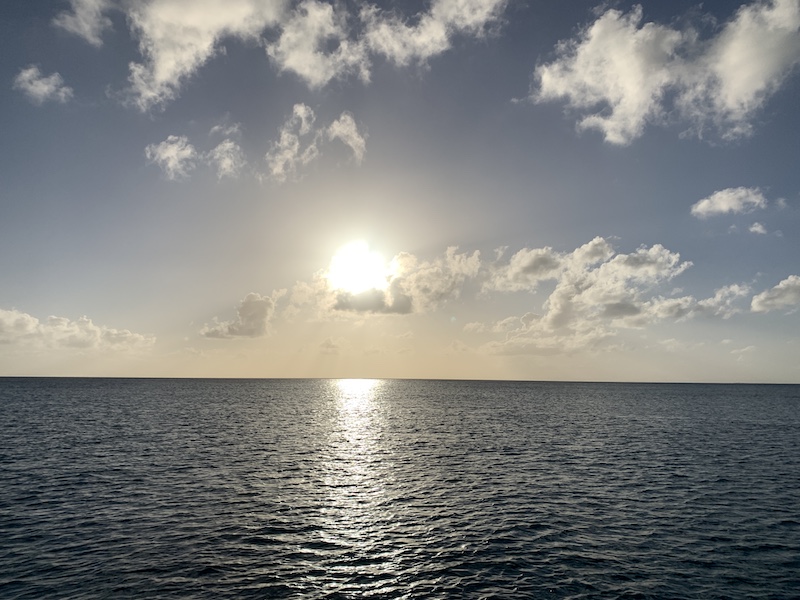
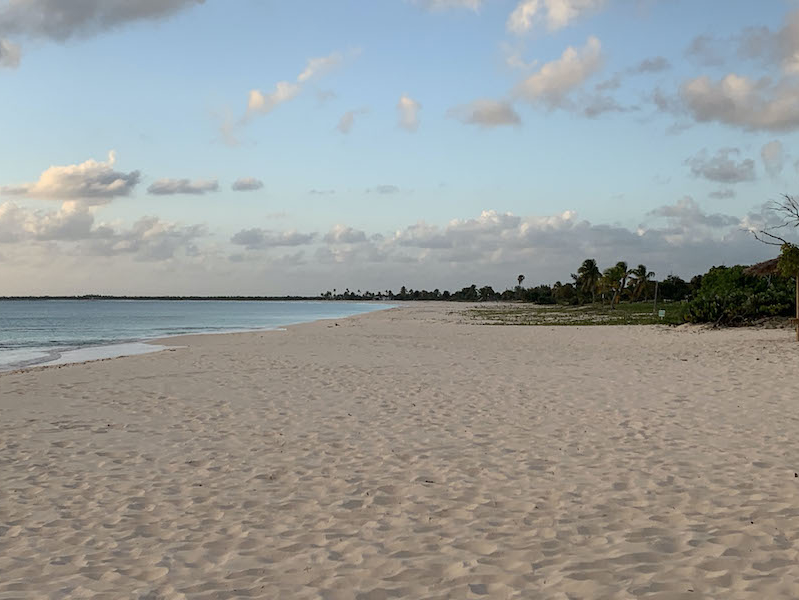
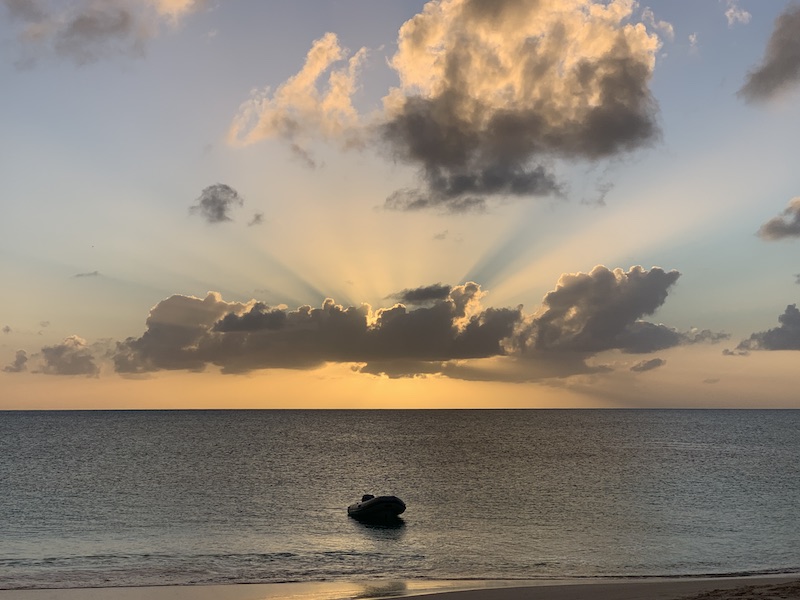
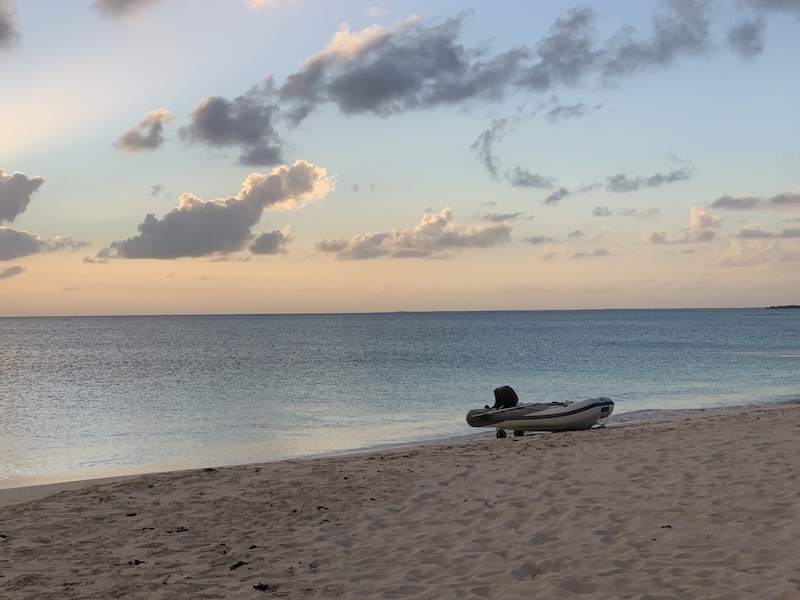

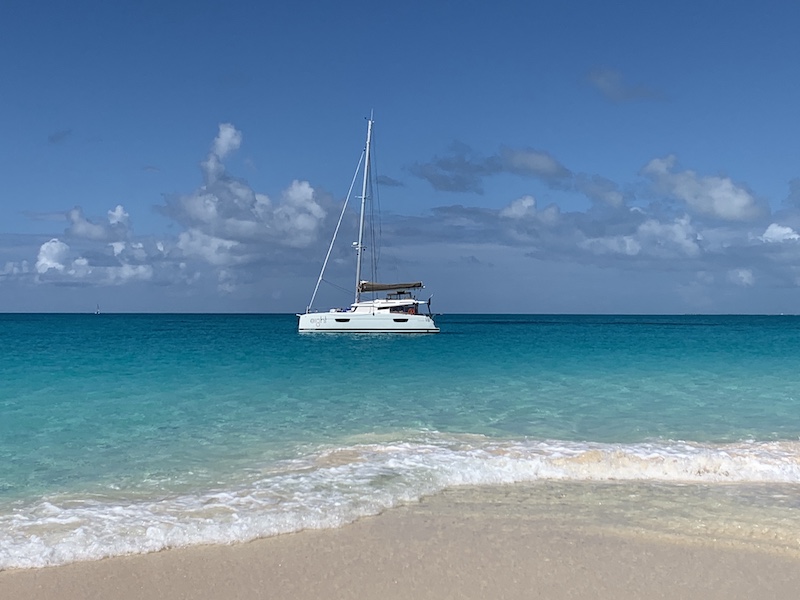
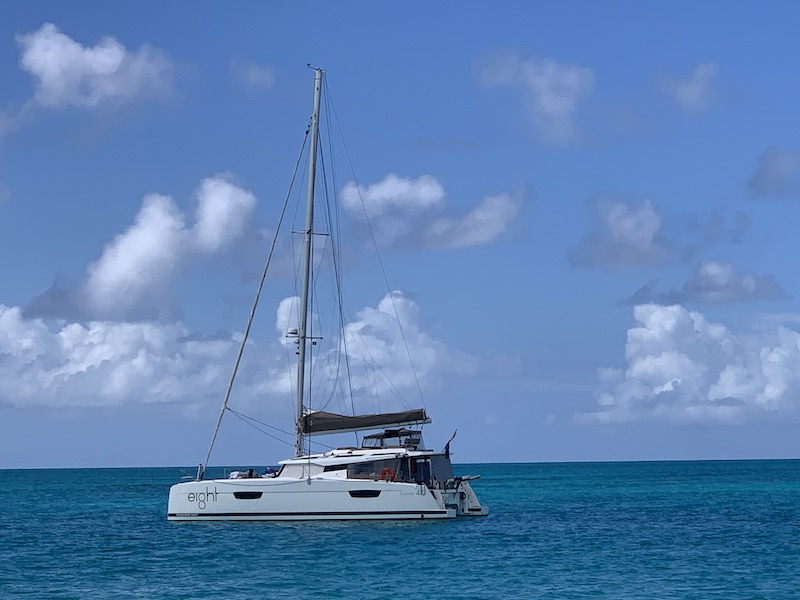
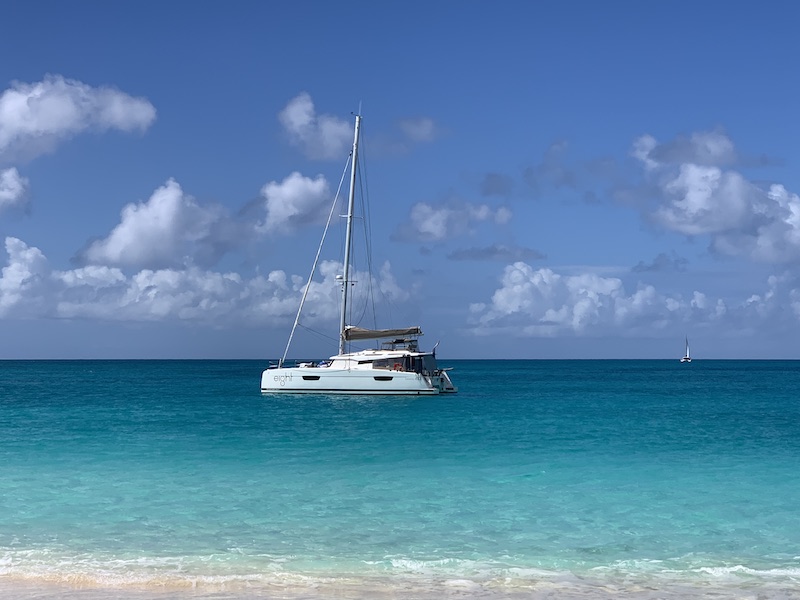
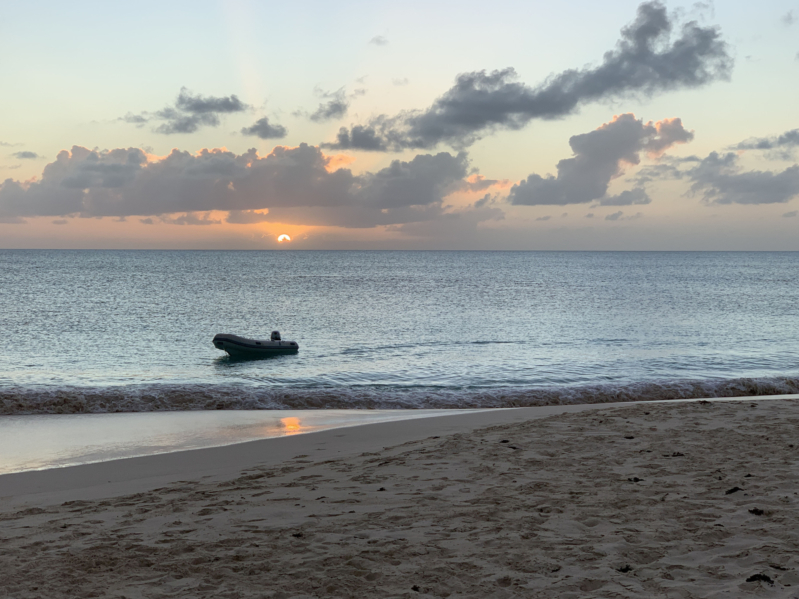
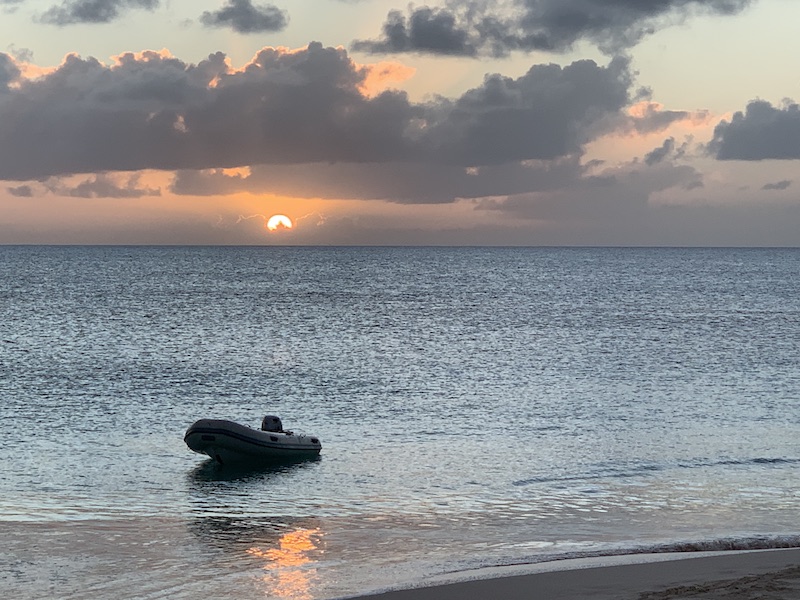
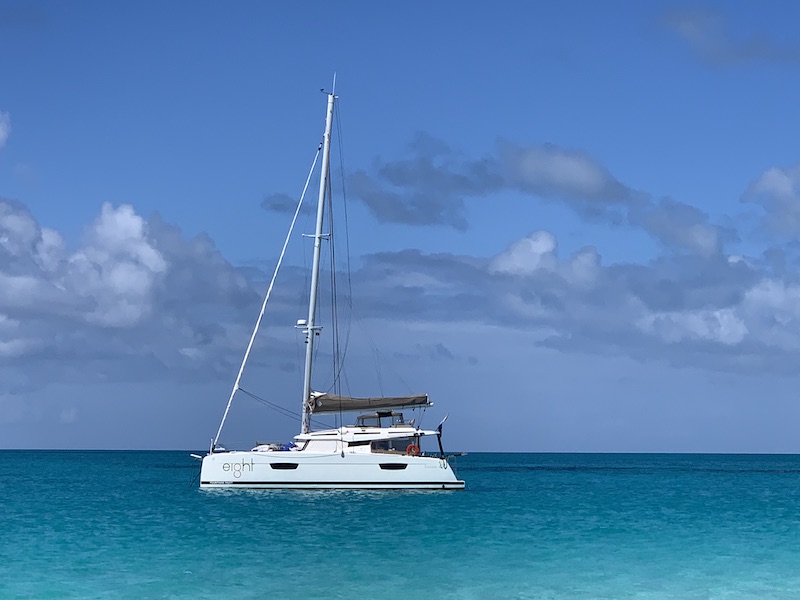
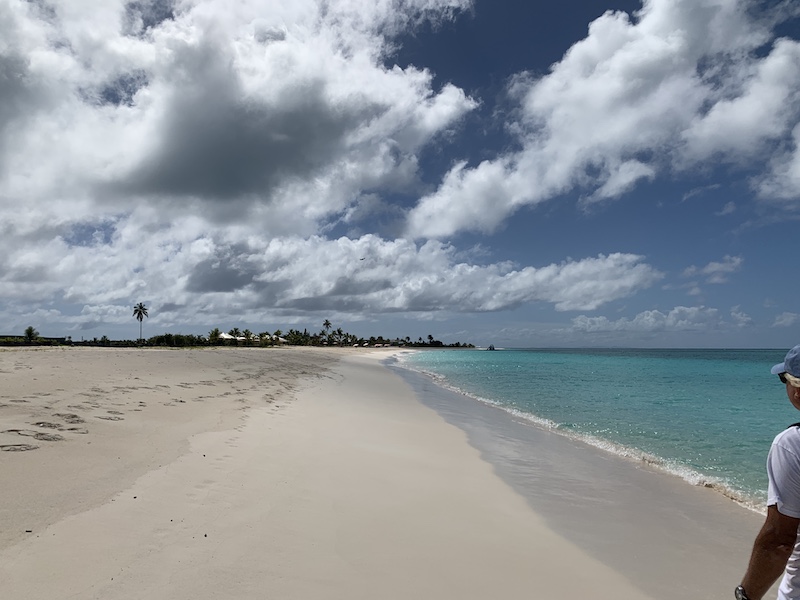
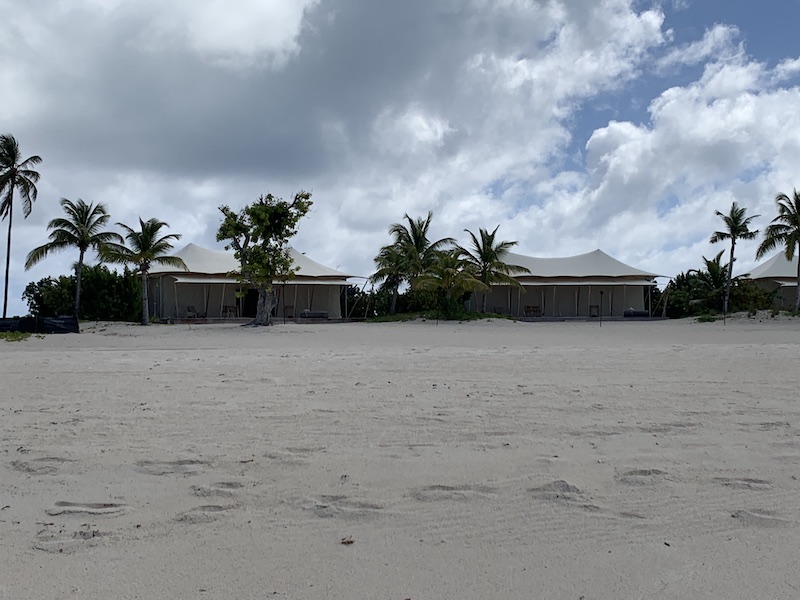
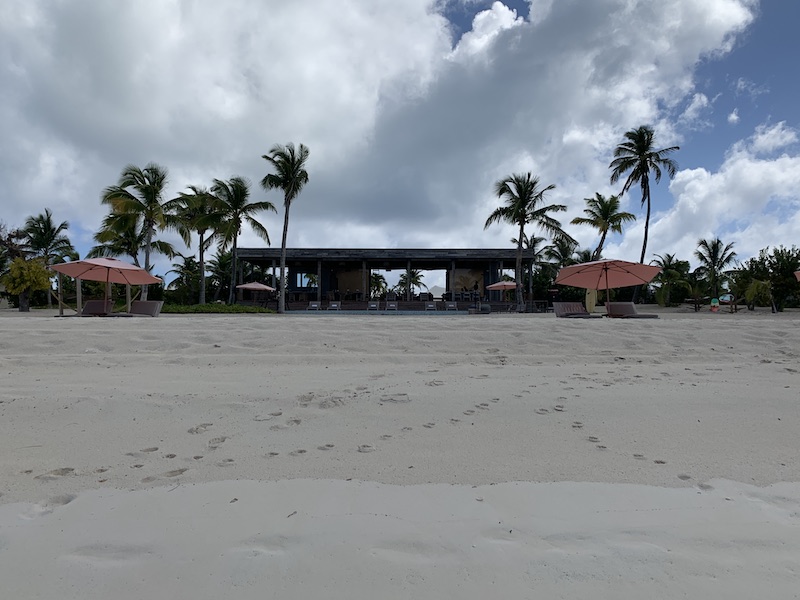
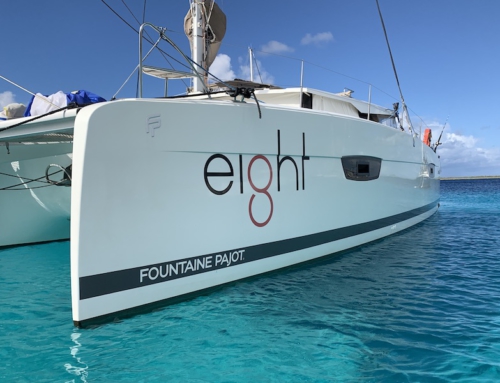
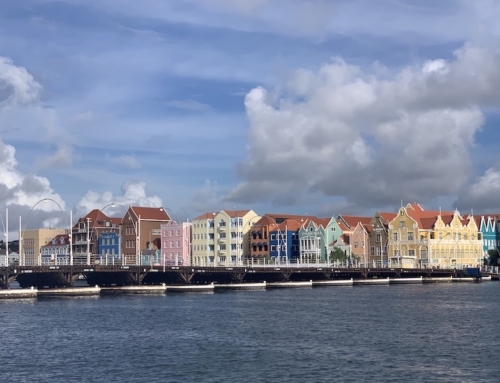
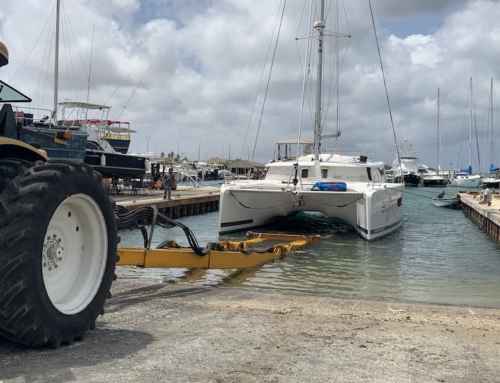
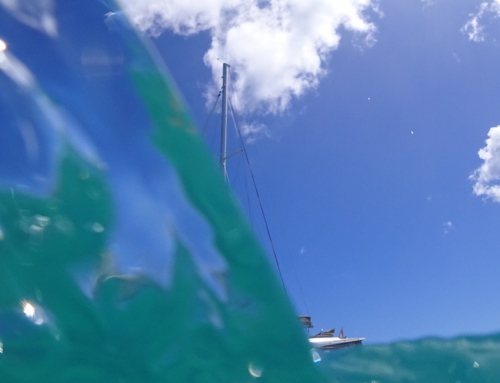
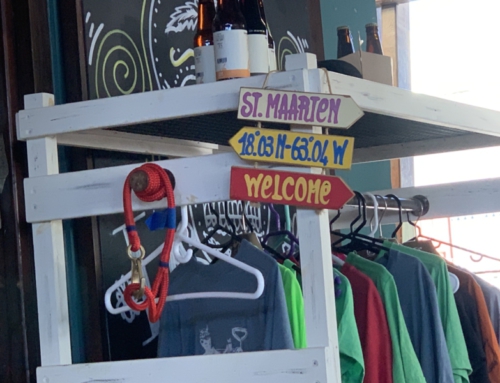
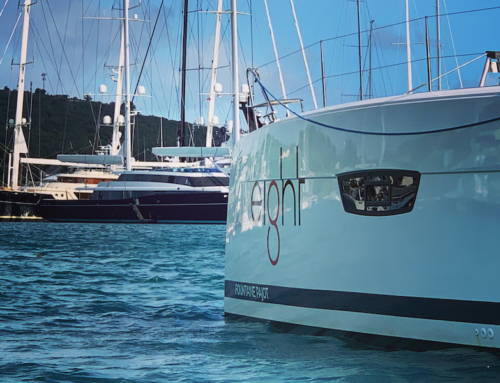
Leave A Comment